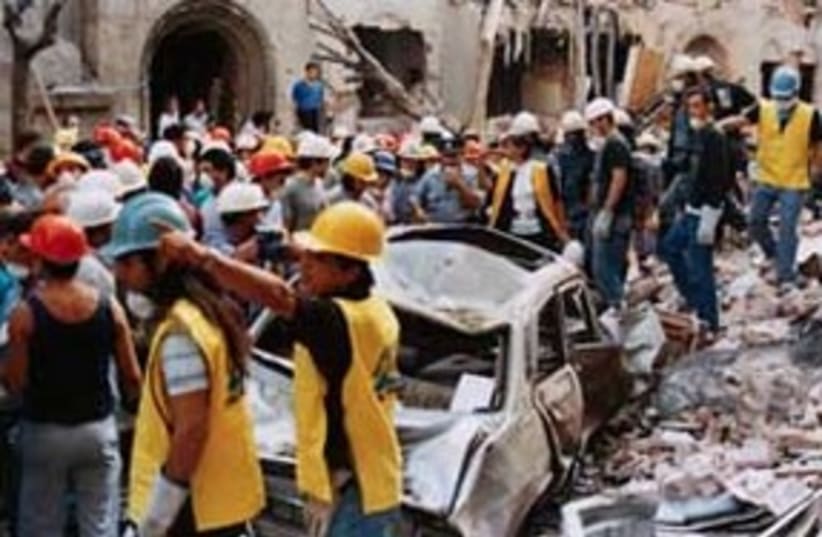Dr. Michael Widlanski is the author of Battle for Our Minds: Western Elites and the Terror Threat, to be published in March by Simon & Schuster/ Threshold.
Iran’s war on the world
The ayatollahs are not interested in a strong peace, but a big piece – of the planet, particularly the fuel-rich Middle East.

Dr. Michael Widlanski is the author of Battle for Our Minds: Western Elites and the Terror Threat, to be published in March by Simon & Schuster/ Threshold.